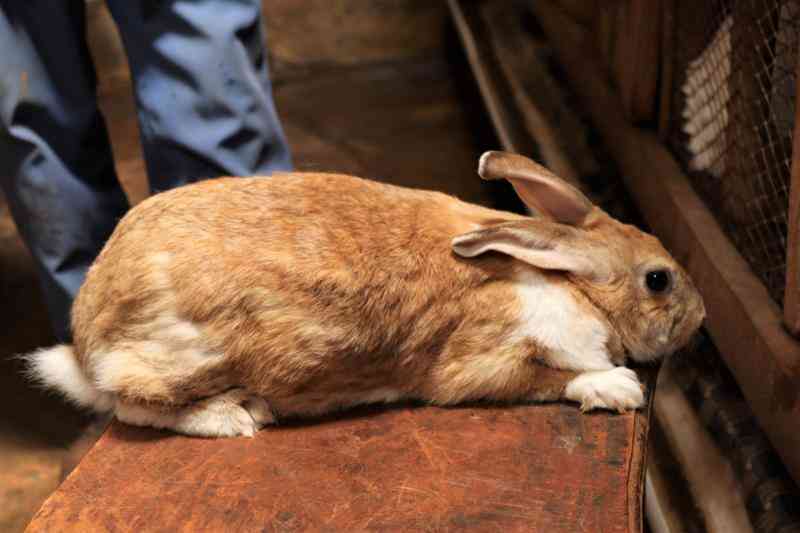×
The Standard e-Paper
Read Offline Anywhere

Rabbit farming, also known as cuniculture, is becoming increasingly popular in Kenya as an alternative agricultural venture. Their high reproductive rate coupled with low capital investment, high demand for rabbit meat, low operating costs and their efficiency in space utilisation are some of the forces that are driving this business venture.
However, these furry creatures are susceptible to a range of diseases that have significant economic consequences. Some of the diseases can be fatal if left untreated.